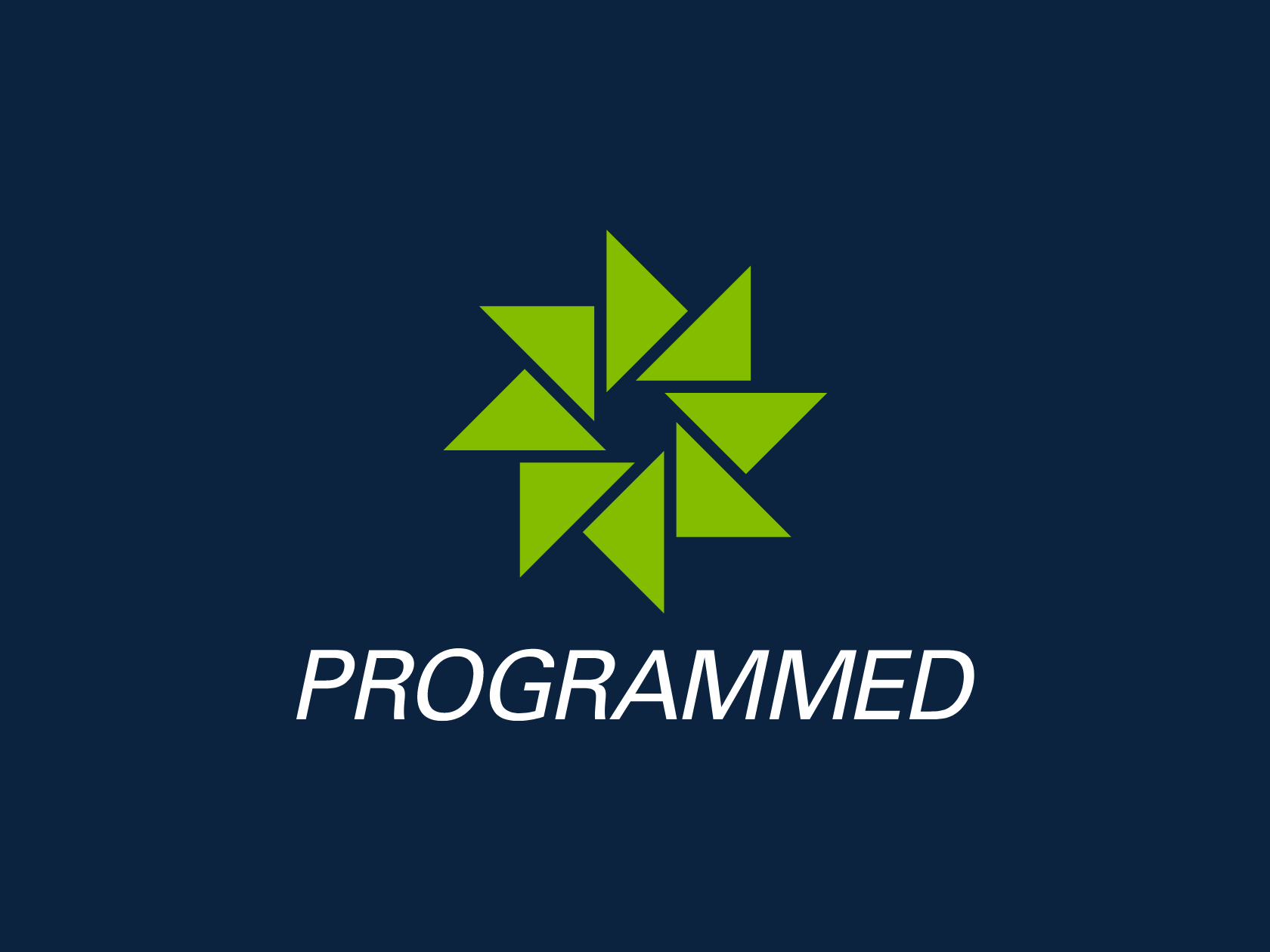All employers hold a duty to provide and maintain a safe place of work and for ensuring that there a safe systems of work in place to protect their workforce – whether they be permanent, contractors or on-hire employees.
At Programmed, safety is at the forefront of everything we do. We live by the philosophy that all injuries are preventable.
Our approach around the safe deployment and management of our employees and ensuring the safety of our customers is made up of several facets. Firstly, and as part of our workplace risk assessment process, we work closely and proactively with our customers to assess their systems of work in place to manage workplace health and safety and we then assess every role that we’re requested to supply. This allows us to identify any potential hazards and determine if the controls are in place, as well as validating the necessary skills, licenses and experience necessary for that particular role.
Secondly, we make sure that we place the right person in the right job as this is critical to the safety and protection of our employees and customers. Programmed implement a range of standard and customised pre-screening tools and processes to ensure our employees have the right competencies and skills but can also functionally and safely fulfil the requirement of the job.
It is important that we learn as much information as possible about the workplace, position and related tasks that our employees will be undertaking throughout their time with our customers, whether the time spent on site is days, weeks or months.
Change and its risks
One of the biggest challenges that is faced by our sector and one that exposes employees to a higher risk of injury, is change of duties. A change of duties can be defined where an employee has been instructed to perform a task that is outside the original role they were engaged to perform. This includes tasks they are not qualified to do or one that hasn’t been assessed by Programmed. Unfortunately, it is in these circumstances that we see a greater frequency of injuries.
At Programmed, we spend a lot of time educating and reinforcing our Stop and Report program with our employees. Stop and Report is our CEO’s commitment to our employees that they have the right to Stop and Report any activity that presents an immediate risk to either themselves or those around them, without exception.
The program targets activities that our employees have been asked to perform outside the domain of their assignment. Often when employees are faced with a situation of being instructed to perform a task that is unsafe or beyond their qualification, many field employees willingly do the work as instructed, and without proper training, mentoring, assessment and guidance many take the chance and this is when incidents occur.
Communication is key
Change in the working environment is constant. However, by promoting a close working and collaborative relationship with our customers and maintaining clear, open lines of communication, we can address changes in duty requests in an efficient and risk based manner. We work actively with our clients to re-assess the role and identify whether the employee holds the necessary skills, experience or competencies or whether there are other avenues to mitigate the risk.
How then can you work with your staffing provider to manage change of duties?
Call us! Our teams can quickly ascertain, either by observation or a quick phone call, if the duties proposed have been covered from a HSE perspective. We try to cover a wide array of tasks and duties when completing our workplace risk assessment, so there is a good chance that we already have it covered. A simple phone call or an email detailing the tasks in dot point form will allow us to review our risk assessment against the tasks proposed.
The key factor here is to notify your provider before the change occurs, not once the employee has been completing the task for a few days. While we review the tasks our workers are performing during the site visits we undertake, we also rely on transparent communication and information from our valued clients to ensure our field staff are safe at work.
To find out more about how to help make your sites safer, speak to your Account Manager or contact us to hear more.





